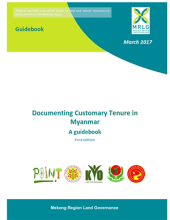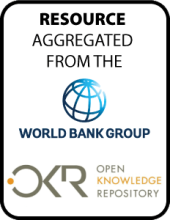Land Library Search
Through our robust search engine, you can search for any item of the over 73,000 highly curated resources in the Land Library.
If you would like to find an overview of what is possible, feel free to peruse the Search Guide.
/ library resources
Showing items 1 through 9 of 98.Over the past 30 years, real GDP in Ghana has more than quadrupled, and in 2011 the country joined the ranks of Lower Middle-Income Countries (LMICs).
This note is part of an Action Notes series and provides guidance for governments on how to create an investment climate that is conducive to attracting high-quality, responsible investment in agriculture.
The Mekong Region Land Governance (MRLG) project, MLIKE (Mekong Land Information and Knowledge Exchange), and the Land Portal co-facilitated an online dialogue on “Responsible Large Scale Agricultural Investments in the Mekong Region” on 09-27 October 2017.
This guidebook provides conceptual, legal and practical tools and resources to help civil society organizations guide communities through the process of documenting customary tenure at the local level.
The « Environment and Natural Resources Code of Cambodia » (Sixth Draft – – 20 November 2016) is a very extensive proposed law (535 pages !) which will have, if adopted, major impacts on many aspects of Cambodian development (Mines, Energy, Urban planning, etc..) but is particularly important for
Integrated Landscape Approaches for Africa’s Drylands presents emerging findings on the importance of moving beyond single-sector interventions to embrace integrated landscape management that takes into account the health of the ecosystems that support human livelihoods and contribute to the resi
This paper investigates how land size
measurements vary across three common land measurement
methods (farmer estimated, Global Positioning System (GPS),
and compass and rope), and the effect of land size
Agricultural water management projects
that take an inclusive, participatory gendersensitive
approach at all levels of the project
cycle help increase project effectiveness and
improve account of livelihood concerns of
women and the rural poor. Participatory
China is considered one of the most seriously eroded countries in the world. The
many causes of this degradation can be divided into natural, human-induced and root causes.
The consequences of watershed degradation are severe and reach even beyond the country’s






